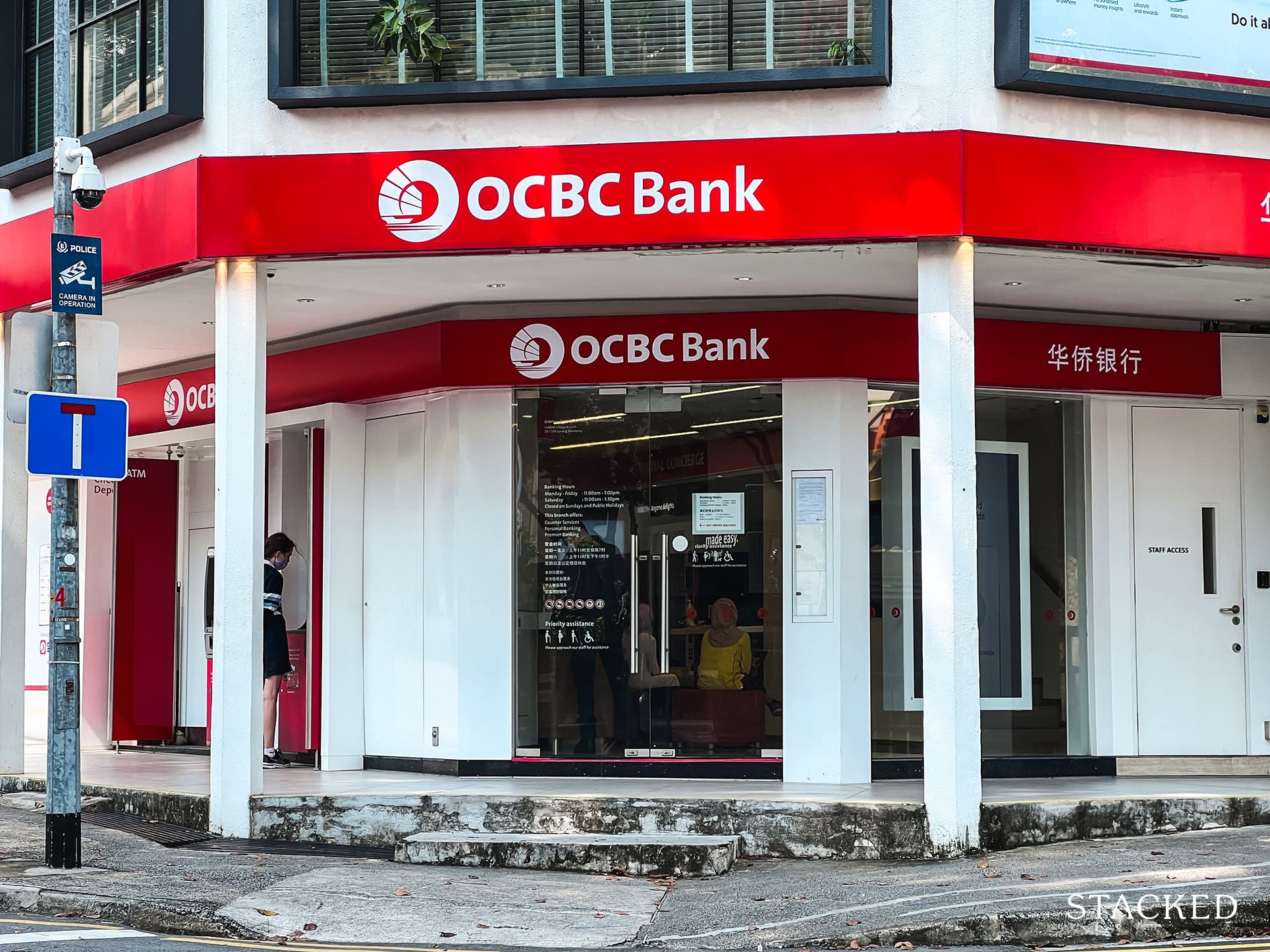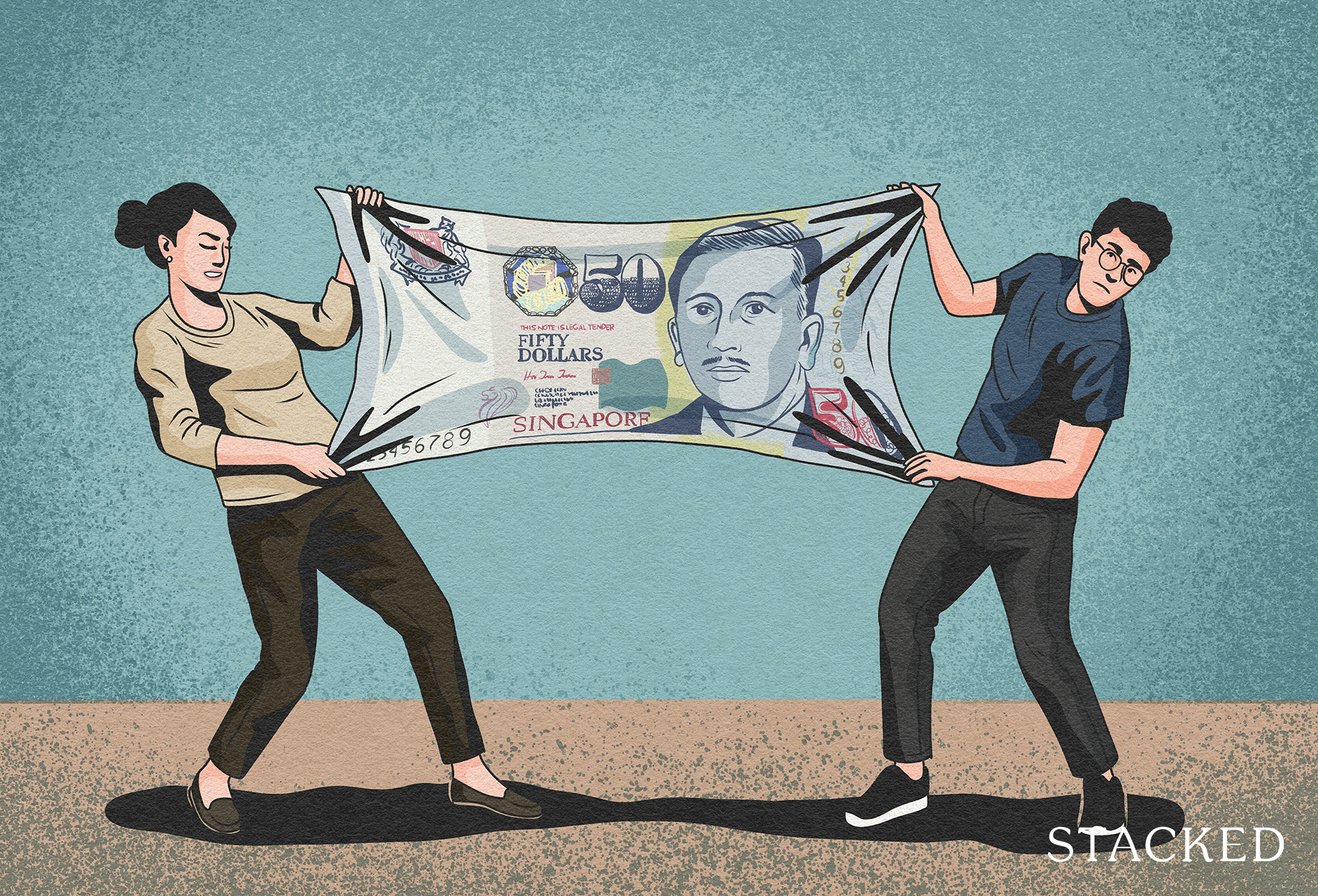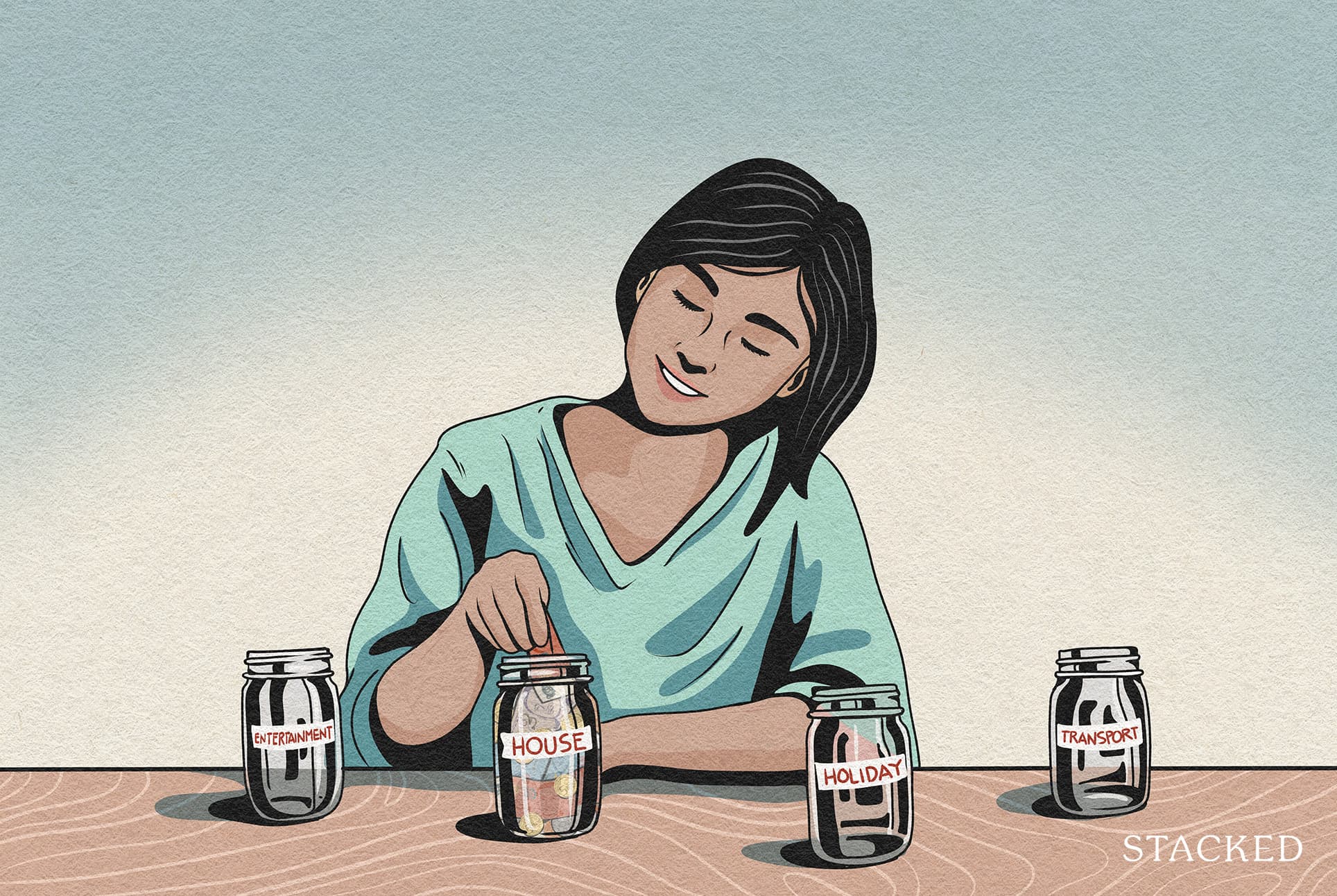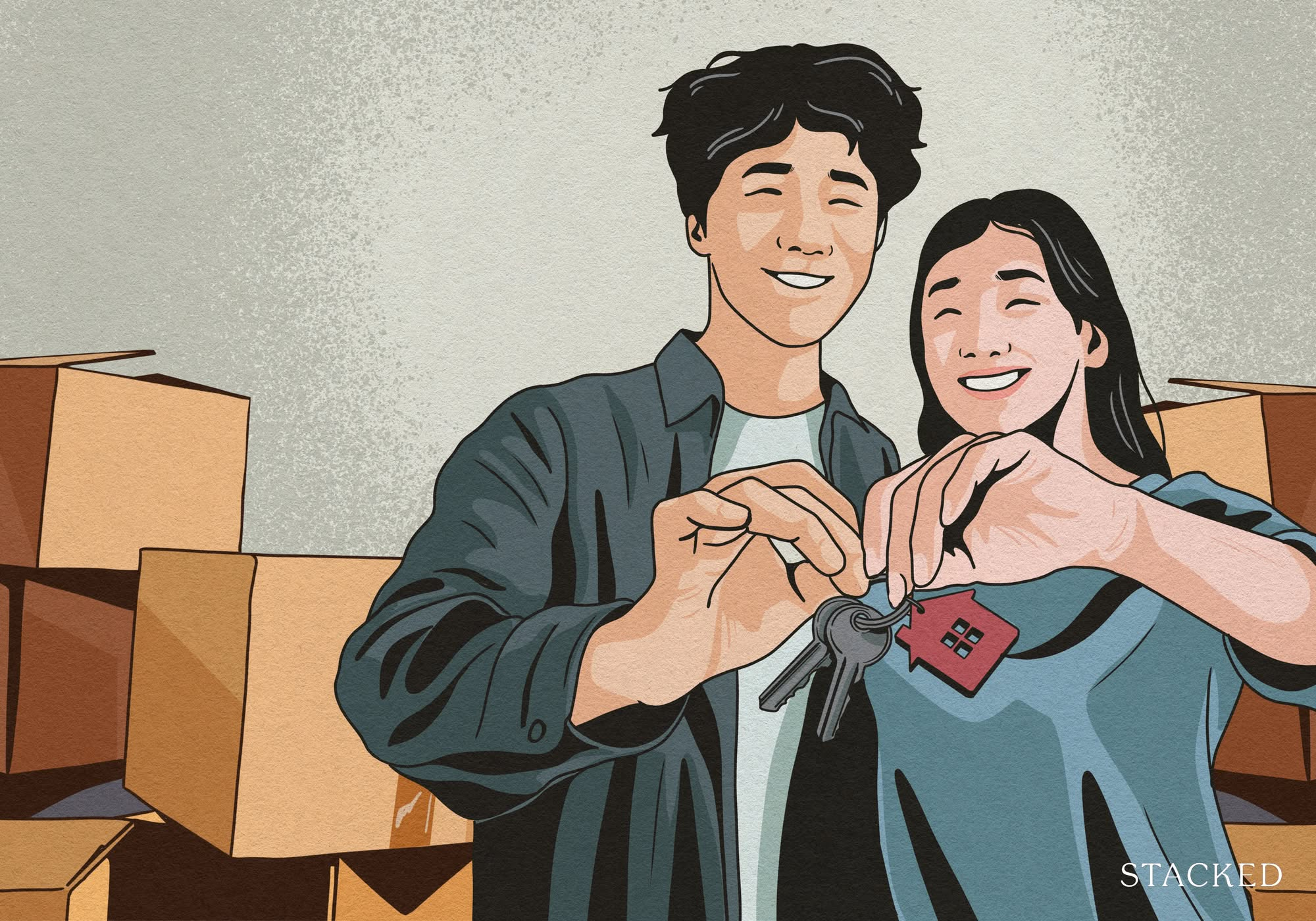“I Paid Down My Home Loan Early” 4 Homeowners Share How They Are Working Around Rising Interest Rates

Get The Property Insights Serious Buyers Read First: Join 50,000+ readers who rely on our weekly breakdowns of Singapore’s property market.
A seasoned content strategist with over 17 years in the real estate and financial journalism sectors, Ryan has built a reputation for transforming complex industry jargon into accessible knowledge. With a track record of writing and editing for leading financial platforms and publications, Ryan's expertise has been recognised across various media outlets. His role as a former content editor for 99.co and a co-host for CNA 938's Open House programme underscores his commitment to providing valuable insights into the property market.
With interest rates now sitting at over four per cent, and the potential for further hikes on the horizon, Singaporeans homeowners are beginning to feel the heat. From reaching CPF withdrawal limits, to questioning home affordability, Singaporeans are still feeling their way around a new environment. In fact, according to an OCBC survey, 40 per cent of homeowners face difficulties with repaying loans, which is up from 31 per cent last year. We’ve never seen interest rates this high in over a decade, and now is the best time to share survival methods:
Table Of Contents
1. Hopping between semi-fixed rates
One problem with Singapore home loans is that there is no fixed-rate* home loan. At the most, you can get a fixed rate period of about three to five years; but after that, it’s back to the floating rate again.
Jeremy, who has been a homeowner since the early 2000s, explains how he copes with this:
“I don’t like to have a lot of volatility in the interest rate, but unfortunately, I can’t qualify for an HDB loan either. So I maintain a semi-fixed rate. Whenever the fixed rate period runs out, I will refinance into a new fixed-rate loan for another few years. So I go through my entire loan tenure going from one fixed rate to another, and always keeping my expenses controlled.”
Mortgage brokers said this can help financial planning, but they also warned that it may not save you money. Fixed-rate loan packages are priced higher (currently around four per cent), so there is a risk that you’re paying more if rates don’t rise higher as expected.

Another broker pointed out that conveyancing fees could add to expenses. You may pay as much as $2,500 to $3,000 in legal fees, to refinance to another home package – so it could be pricey to repeatedly jump between fixed-rate loans.
*HDB loan rates have stayed at 2.6 per cent for over 20 years, but bear in mind it’s pegged at 0.1 per cent above CPF rates. CPF rates are revised quarterly, so there’s no guarantee that even HDB rates are fixed forever.
2. Switching to partial cash repayments
M and her husband had to use a bank loan for their resale flat, as they were told their income is too high for the HDB loan. Unfortunately, their loan repayments began in July this year, just as rates were starting to climb.
“We have a plan to upgrade in around five to seven years,” M says, “so for us the concern is the CPF refund. When the rates are higher we’ll use more of our CPF; so to balance it out we partially service the loan in cash. We also didn’t use our CPF for smaller things like lawyer fees, just to ensure we won’t end up refunding too much.”
M’s husband added that the initial plan was to use CPF only for the down payment, and service the home loan in cash. But the amount of monthly repayments, coupled with the rising interest rate, would have caused too many cashflow issues.

Beware Rising Home Loan Rates In 2022: We Breakdown Exactly How Much It Will Cost You As Interest Rates Increase
by Ryan J. Ong3. Pay down a portion of the loan early
J received a lump sum in February this year, when his endowment plan matured. While his initial plan was to re-invest it, the volatile economy made him change his mind:
More from Stacked
An Analysis Of 5 Shoebox Units Floor Plans From An Architecture Student
For many young singles in Singapore, purchasing and owning a property might be the biggest hurdle to overcome in their…
“I wasn’t sure what’s a good place to put my money right now, with the Russia-Ukraine war and inflation and everything, and I am a typical kiasee, risk averse type. Then I heard about the interest rate going up, and I’m convinced we’ll see four per cent next year, or shortly after.
I checked that there was no penalty for me to redeem my loan early. So I put in a lump sum to pay down my loan, while keeping some for my savings. Now I am paying almost $700 less per month, even though the rate just went up, and I’m quite happy with that.”

That said, please note that we don’t endorse this course of action for everyone. Prepaying your home loan locks up cash in your property, and can land you in a highly illiquid position. Consult a financial professional before putting down large amounts to accelerate mortgage repayment.
4. On the other side of the same coin, you can shorten the loan tenure
J is quite fortunate in that he had a lump sum he could use. For homeowners who don’t have the fortune of that option, one other alternative is to pick a shorter loan tenure. In most cases, a shorter loan tenure (e.g., 15-year loan tenure instead of 25 years) will have a lower interest rate.
This method is only viable for those who have sufficient income though: shortening your loan tenure will raise the monthly repayments, so you need to ensure you still qualify under restrictions like the TDSR. You also need to be comfortable paying more each month; be careful to avoid cashflow disruptions.
As with making prepayments (see point 3), we recommend you consult with a financial advisor before taking this step. For some individuals, a longer loan tenure might be the less risky option, regardless of the higher rate.
Remember that as a rough rule, the home loan repayment should not exceed your monthly income by more than 30 per cent, even if the TDSR might allow otherwise. Shortening the loan tenure may take monthly repayments above this level.
5. POSB has a special home loan package for those earning $2,500 a month or under
No, this isn’t a sponsored post – we just feel it’s really appropriate to mention it here. If your income is $2,500 per month or below, and for some reason, you need to use a bank loan (e.g., you took a bank loan earlier and can now only refinance into a bank loan*), POSB has an HDB home loan package.
This loan package has the same interest rate as the HDB loan (2.6 per cent), subject to some terms and conditions (minimum loan amount at $100,000). On the off chance you’re affected and qualify, it may be worth a look.
We would still suggest you get a second opinion from an independent mortgage broker, before or after going to the bank.
*You can refinance your HDB loan into a bank loan, but not vice versa.
For more on the situation as it unfolds, follow us on Stacked. We’ll update you on the big changes to the Singapore property market as they happen.
At Stacked, we like to look beyond the headlines and surface-level numbers, and focus on how things play out in the real world.
If you’d like to discuss how this applies to your own circumstances, you can reach out for a one-to-one consultation here.
And if you simply have a question or want to share a thought, feel free to write to us at stories@stackedhomes.com — we read every message.
Ryan J. Ong
A seasoned content strategist with over 17 years in the real estate and financial journalism sectors, Ryan has built a reputation for transforming complex industry jargon into accessible knowledge. With a track record of writing and editing for leading financial platforms and publications, Ryan's expertise has been recognised across various media outlets. His role as a former content editor for 99.co and a co-host for CNA 938's Open House programme underscores his commitment to providing valuable insights into the property market.Read next from Homeowner Stories

Homeowner Stories What I Only Learned After My First Year Of Homeownership In Singapore

Homeowner Stories I Gave My Parents My Condo and Moved Into Their HDB — Here’s Why It Made Sense.

Homeowner Stories “I Thought I Could Wait for a Better New Launch Condo” How One Buyer’s Fear Ended Up Costing Him $358K

Homeowner Stories How We Saved $300K And Got Our 4-Room Toa Payoh Flat in Just 7 Months
Latest Posts

Editor's Pick We’re In Our 50s And Own An Ageing Leasehold Condo And HDB Flat: Is Keeping Both A Mistake?

Pro How A 625-Unit Heartland Condo Launched In 2006 Became One Of 2025’s Top Performers

Property Investment Insights Does Buying A One-Bedroom Condo Still Make Sense As An Investment In 2026

Property Market Commentary Why This Once-Ulu Town In Singapore Is Going To Change (In A Big Way)

Editor's Pick This HDB Just Crossed $1.3M For The First Time — In An Unexpected Area

Singapore Property News “I Never Thought I’d Be Sued by a Tenant.” What Long-Time Landlords in Singapore Miss

Editor's Pick I Lived In Bayshore When It Was ‘Ulu’. Here’s How Much It Has Changed

Editor's Pick HDB Resale Prices Finally Slowed in 2025 — Will It Continue in 2026?

Singapore Property News Breaking News: District 23 Condo Sells Out In Under Two Years At $2,120 Psf Average

On The Market Here Are The Cheapest 3-Bedroom Condos in Central Singapore You Can Still Buy From $1.15M

Property Market Commentary Why The Singapore Property Market Will Be Different In 2026 — And It’s Not Just About Prices

Editor's Pick 2025 Year-End Review Of The Singapore Property Market: What The Numbers Reveal

Pro This 21-Year-Old Condo Didn’t Sell Out Initially, Yet Became A Top Performer

Editor's Pick How The HDB Resale Market Performed In 2025, And What It Means For 2026 Prices

Editor's Pick 4 Key Trends Reshaping Singapore’s New Launch Condo Market In 2026



Question w.r.t.point 2 about not maxing out use of CPF OA funds: Wouldn’t it make more economic sense to max out the use of CPF OA (earning / costing 2.5% p.a) in the repayment of mortgage loan and all applicable fees in a rising interest rate environment (currently at 3-4% p.a)? That’s assuming that the funds freed up (by the use of CPF OA funds) can be deployed to earn >2.5% p.a, which is highly possible in today’s environment.